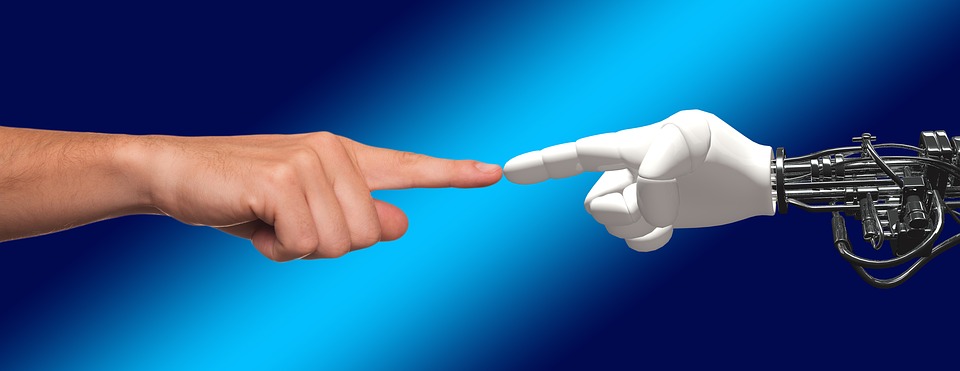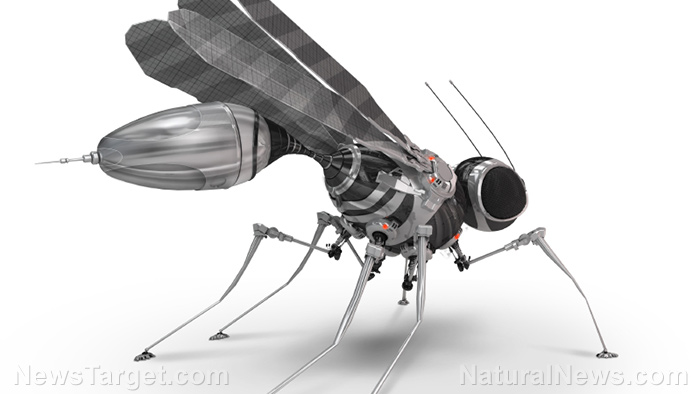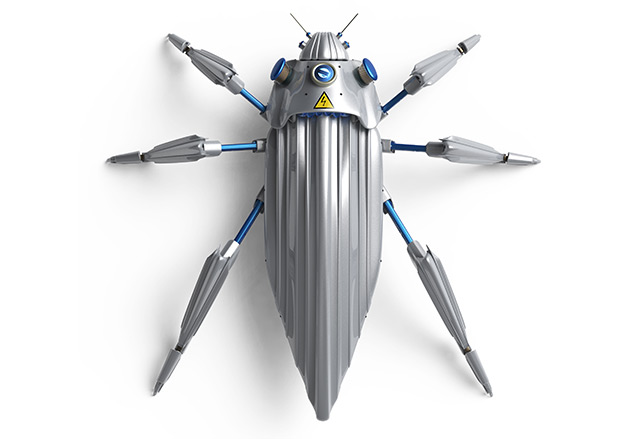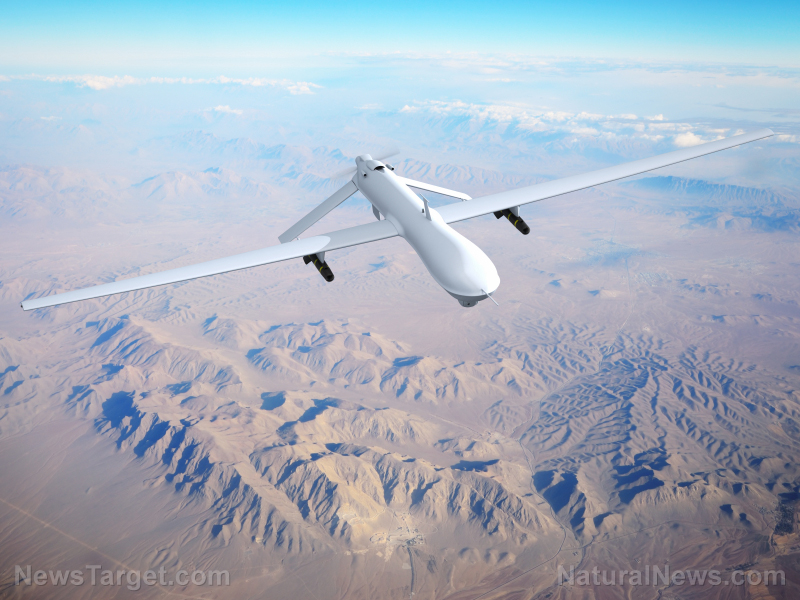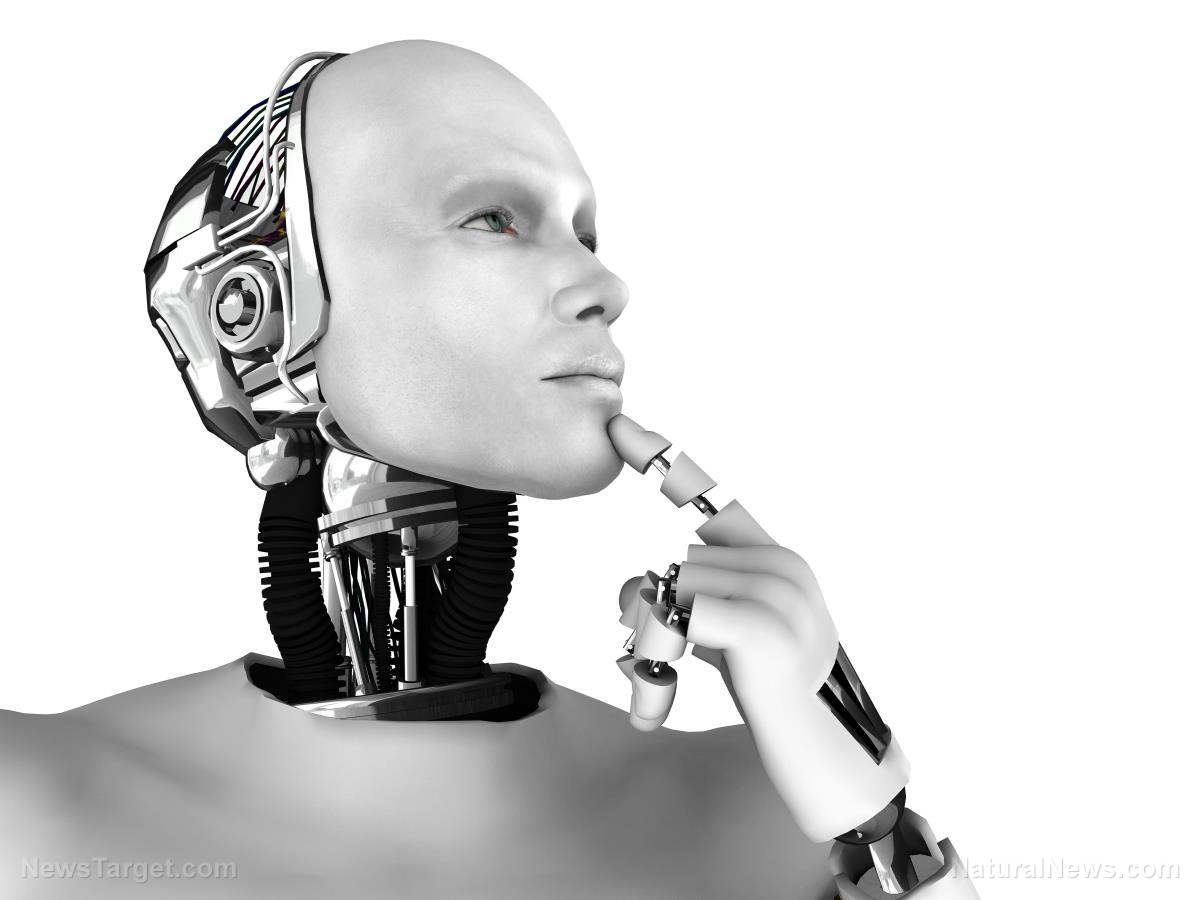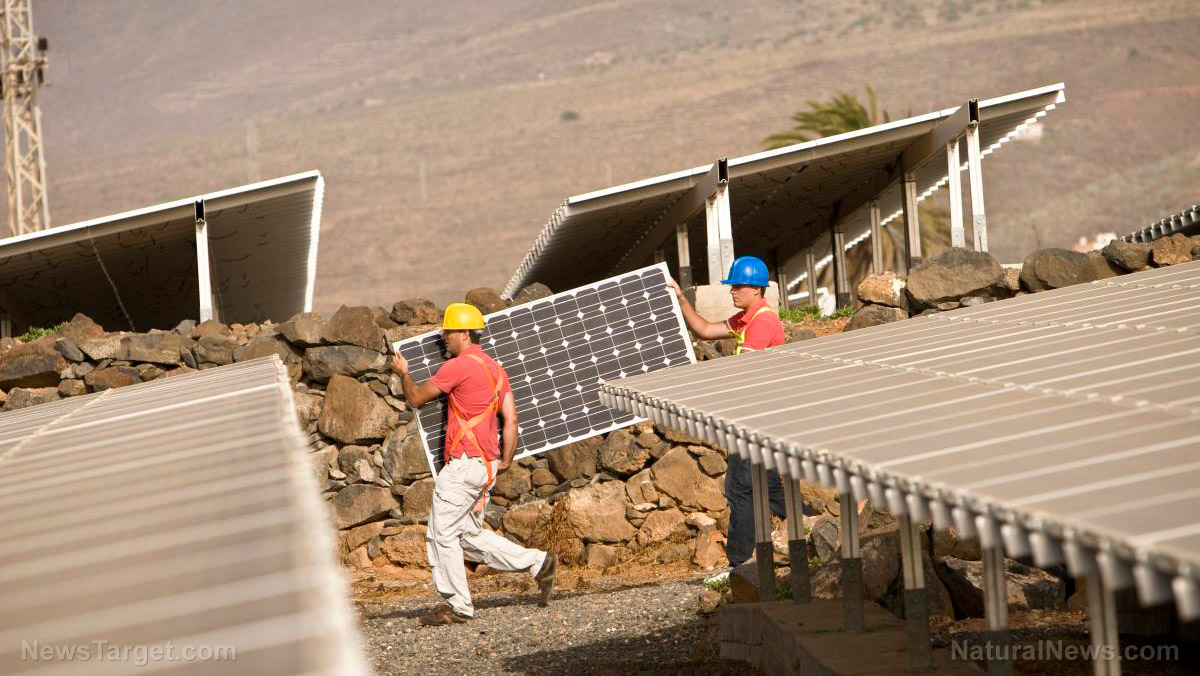Ark Robot is an autonomous mobile robot that can lift pallets and crates holding products weighing up to 120 Kg and transport it to any location at a top speed of up to 4 Kph
Article by Salnul Abudheen K.
His story started in 2008 when the global economic slowdown was at its peak. He was just 23 then, but had a lot of passion and adrenaline rush. Amidst the collapse of world economy, he co-founded iFuture Systems, wherein he built machines for vision systems, automation, and image processing, but was not quite successful.
Rajesh Manpat got his first breakthrough in 2013 when he built Elite Scorer, a wireless electronic target system for sports shooting and defence. It was an unexpected success with sales in 28 countries.
But Manpat’s entrepreneurial appetite was not satiated yet.
“I wanted to work on something larger than myself as a next assignment, solve a large problem enough to lose my sleep over,” said Manpat in a chat with e27.
However, nothing came out of his brains until December 2014.
One night, at 3 am, he was sitting in office looking for an idea that could quench his thirst. “This is when I got the idea of iFuture Robotics. I sensed it would be a big leap when compared to what was being done world over. That was the Eureka moment,” he smiled.
He spent the following days and nights making sure such a robot did not exist anywhere in the world, and that he was not infringing upon someone else’s idea.
Ark Robot, a product of iFuture Robotics, took formal birth in 2016. It is an autonomous mobile robot that can navigate to any location in a known environment. It can lift pallets and crates holding products, and transport these to any location. The robot can also perform automatic storage and retrieval tasks in large warehouses.
A single installation can consist from 10 to a few hundred robots.
These robots are intelligent and can talk to each other
“These robots can talk to each other through a wireless server that controls the workflow among themselves. The server connects to customer applications to receive work and maintains inventory status. Ark Robot can reach peak a speed of up to 4 Kph, carrying load up to 120 Kg,” explained Manpat.
The USP of Ark Robot lies in the fact that it combines the power of computing to do data analytics, such that the most frequently-accessed items are dynamically stored closer to the packing tables. This is particularly useful when trends change and buying habits of customers vary throughout a week, or month, or a year.
After a point, the robots need not travel as much as a human worker would travel in a warehouse. This is when it begins to show drastic improvement in efficiency. Unsold or products nearing expiry are easily removed without disturbing the operations.
Ark Robot has already won a few of the top 10 big e-commerce customers, and the company is in talks with more companies. But Manpat refuses to divulge the details, thanks to a non-disclosure agreement (NDA) it has signed with them.
According to Manpat, scaling is a big issue in this industry, and there is a shortage for talent. “In the initial months of launch, we took up projects that were more of customised solutions. There was no skill to expand our team. Although profitable, there was no scale. Being bootstrapped, we kept investing our earnings into R&D and applying our knowledge to develop products,” he said.
“At times, we failed and we had to wait a year to build up a budget before taking another risk. The key was to endure the failure and go at it again. Since late 2014, I have been breathing Ark Robot. Looking back I think it’s pretty amazing what we did with INR 5,000 (under US$100) pocket money and no prior experience,” Manpat chuckled.
While robotics have made inroads into developed geographies like the US and Europe, India is still quite reluctant to adopt it. That said, there are quite a few sales offices for some of world’s largest robotics companies in the country.
“It is a fact that robotics is still not mainstream and widely adopted in India, as these are mostly manufactured abroad and imported as completely-built units. Import duties, shipping and maintenance costs keep away most industries from adopting robotics for various applications. Only critical applications find their way to a cost-sensitive Indian market. It also takes local system integrators to build robotic applications as robots are only sold as a platform by these manufacturers,” he reasoned.
Plus, there is also a lack of awareness, he added. India is mostly unorganised in logistics and warehousing. There are far too many inefficiencies in operations. Certain large retail and e-commerce companies have to reach critical mass in business volume to understand the need for automation. Beyond a certain point, more bodies at the problem only add to their losses.
“It will take innovative thinking even for companies to solve this problem using robotics technology. Those who do are set to gain and pull ahead. It can be clearly seen that those who have adopted robotics world over have increased their market share and become market leaders,” he continued.
As per some estimates, the robotics industry is set to hit US$100 billion by 2022 growing at 12 per cent CAGR. Robotics sales hit an all-time high in 2015 with a 15 per cent increase in sales. All these indicate a definite bullish trend.
Amazon in the US already has deployed a robot workforce of 40,000.
Manpat says that like what drones have done to businesses, robotics will also take over warehouses in e-commerce companies in the near future. “Machines are getting smarter with cheaper electronics and now have the power to run complex algorithms. In the coming years, we will see this accelerate and witness an unprecedented increase in number of robots for many applications. This is the direction of evolution and it is not a question of if, but when. Robotic applications in the near-term be used to improve efficiencies, quality of life, replace mundane and hazardous jobs.”
Better not to do it even for the first time than quitting
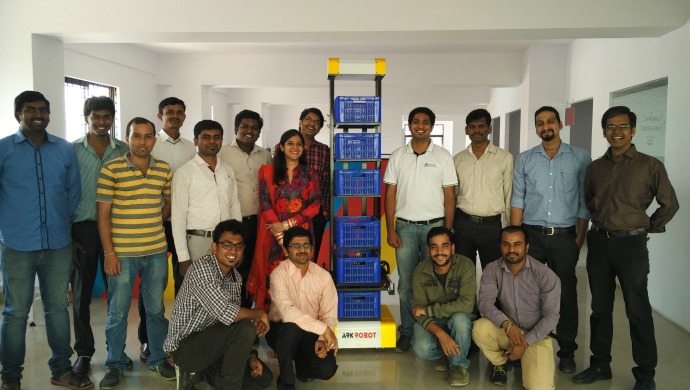
The Ark Robot team
My key learning has been that it takes a great team to build a great product. Innovation is important, but it takes right people to create great products. It is important to commit yourself to your dream and go after it irrespective of the size of the dream.
“I have never thought of quitting. It is not in me to quit when I take up something as a mission. I see quitting as a bad habit, better not to do it even for the first time. Sure, there were some very tough times that make you question your purpose but it’s only until you redefine it. My family supported me and put up with my countless plans I would share with them sitting late nights,” said Manpat.
“I sometimes like to watch inspiring movies or documentaries on tough days. It helps me carry that inspiration into the next day and get back on my feet. Entrepreneurship is a lonely path, not many will understand why you do it but that is how it is going to be. Initially you fight it, but later you mature and understand not everyone were meant to be.”
iFuture is backed by Qualcomm. The chip leader invested US$300,000 in the startup through its ‘QPrize-Make in India’ contest. “We are in touch with some of the top VCs and will be looking to close our Series A round shortly,” Manpat concluded.
Read more at: e27.co
